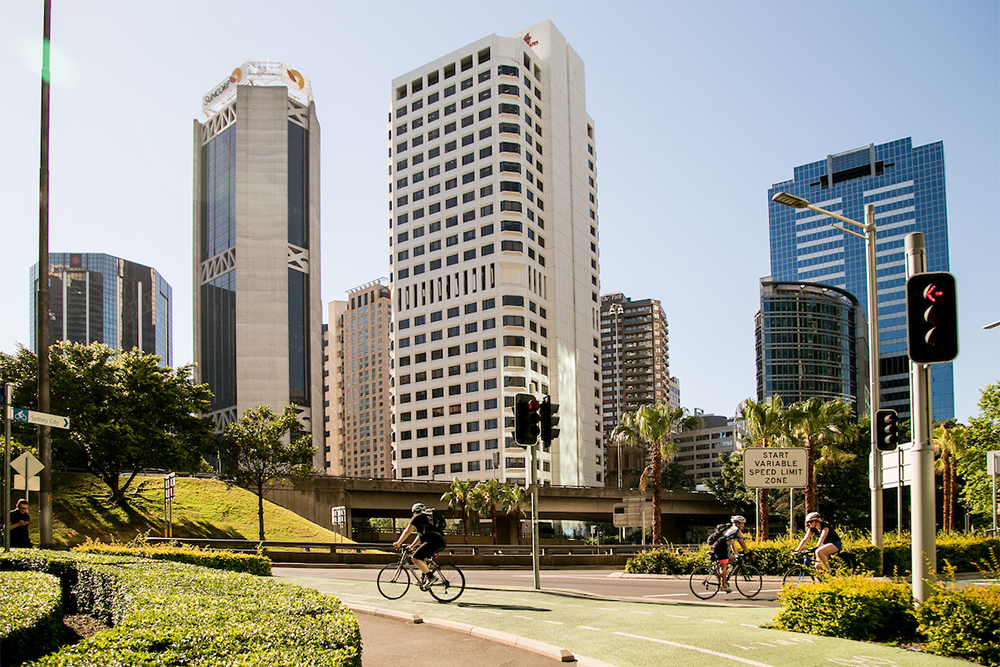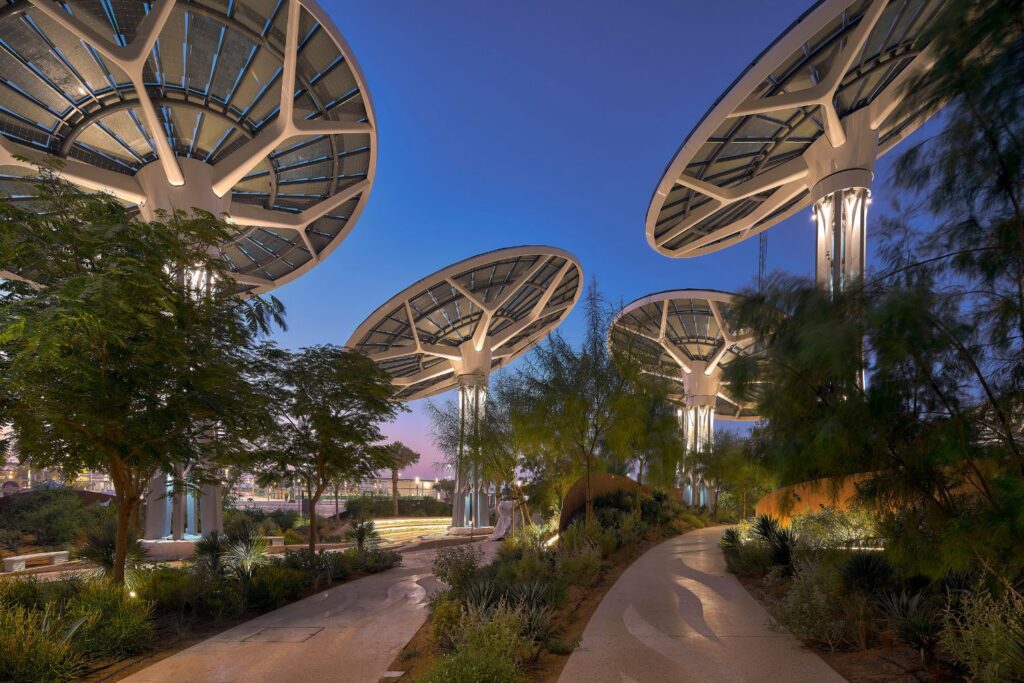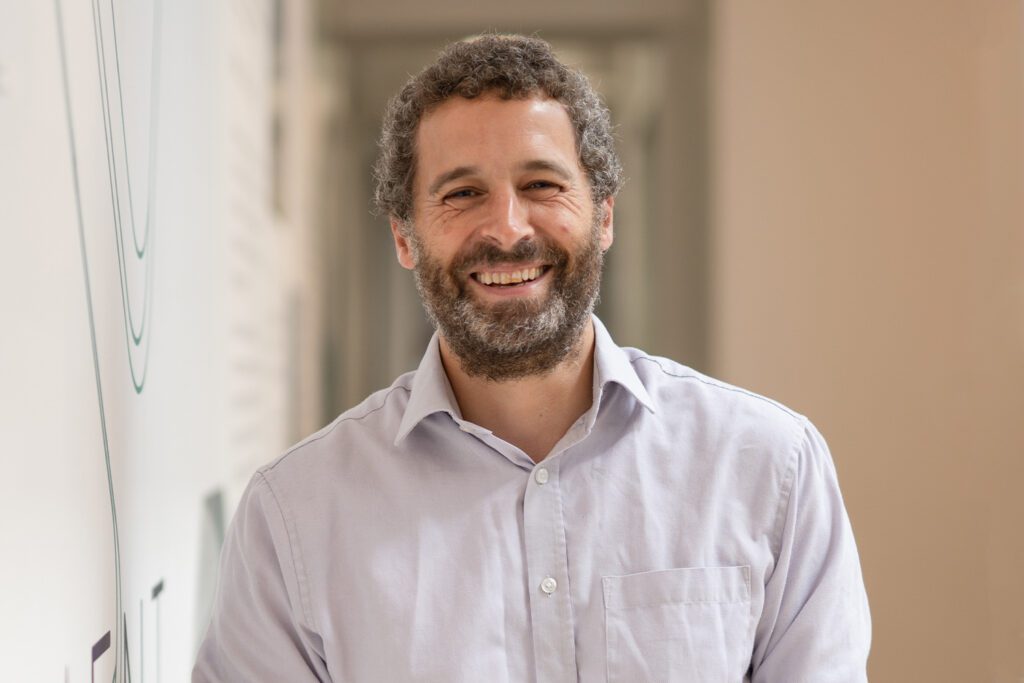Supercharge your net zero case
We cannot tackle climate change without tackling cities and this means improving the energy efficiency of the existing building stock.
The level of intervention required to meet the scale and pace of the challenge requires us to move beyond incremental “business as usual” improvements to something more radical. Namely, at least a 50% reduction in energy demand and a switch away from fossil fuels to clean energy sources.
This is what we mean by deep retrofits.

The wholesale upgrade of our building stock is a significant endeavour, often requiring deep surgery including upgrades to the building envelope, building services systems and controls. Without a solid business case, these kinds of projects and programmes will not proceed beyond a statement of aspiration.
However, deep retrofits provide city governments and other property owners with an opportunity to tackle greenhouse gas emissions, improve health and reduce healthcare costs, generate jobs, address energy poverty, reduce asset maintenance costs and increase the productivity and educational attainment of urban residents.
At a city level, investing in deep energy retrofits now will reduce the need for future expenditure on new energy generation as cities grow.
Duncan Price, Director of Sustainability at Buro Happold
Quantify the benefits of your retrofit programme
Buro Happold was commissioned by C40 Cities to develop an accessible methodology and toolkit to be used by any city to estimate and quantify the multiple benefits of retrofitting a portfolio of buildings, as well as an entire city-wide retrofitting programme. It can help city decision-makers unlock investments to retrofit their portfolio, and gain buy-in from other departments, private parties and the public.
The toolkit was developed with academic experts at UCL and piloted for retrofit projects in three cities – Milan, Copenhagen and New York City.

The methodology is equally applicable to both private sector property owners and real estate investors developing a net zero carbon plan for their own portfolios and will accelerate action on climate change.
You can find out more about the results in the summary report: The Multiple Benefits of Deep Retrofits: A toolkit for cities.
The tool is available to use in English and in Chinese.












